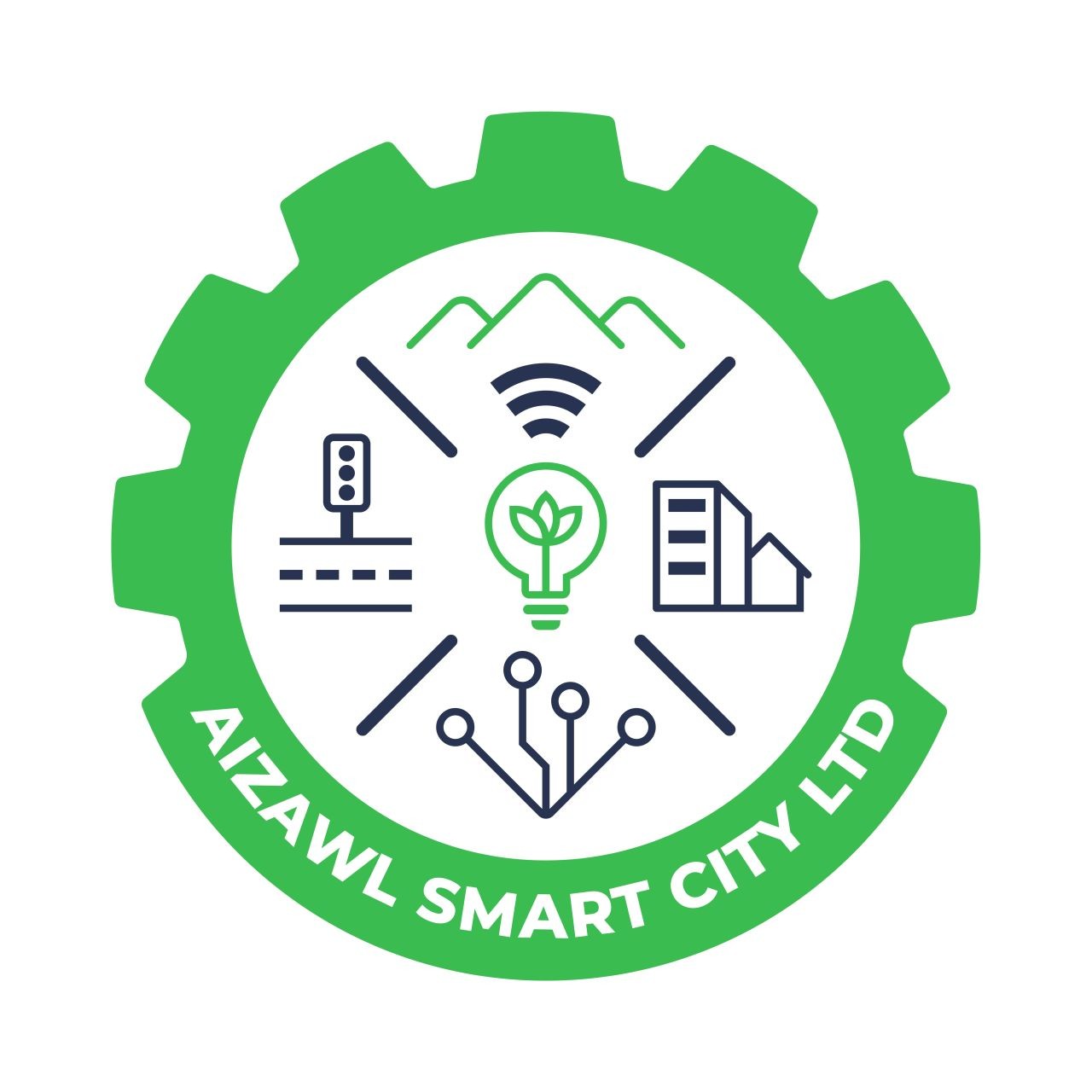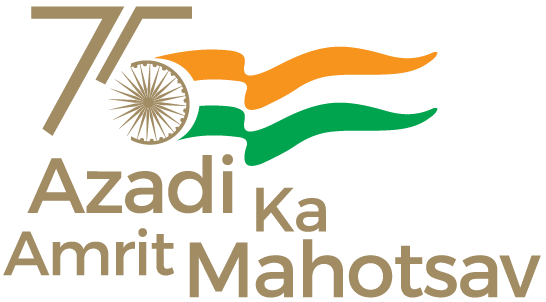Promoting mixed land use in area-based developments — planning for ‘unplanned areas’ containing a range of compatible activities and land uses close to one another in order to make land use more efficient. The States will enable some flexibility in land use and building bye-laws to adapt to change;
Housing and inclusiveness — expand housing opportunities for all;
Creating walkable localities— reduce congestion, air pollution and resource depletion, boost local economy, promote interactions and ensure security. The road network is created or refurbished not only for vehicles and public transport, but also for pedestrians and cyclists, and necessary administrative services are offered within walking or cycling distance;
Preserving and developing open spaces— parks, playgrounds, and recreational spaces in order to enhance the quality of life of citizens, reduce the urban heat effects in Areas and generally promote eco-balance;
Promoting a variety of transport options — Transit Oriented Development (TOD), public transport and last mile para-transport connectivity;
Making governance citizen-friendly and cost effective — increasingly rely on online services to bring about accountability and transparency, especially using mobiles to reduce cost of services and providing services without having to go to municipal offices; form e-groups to listen to people and obtain feedback and use online monitoring of programs and activities with the aid of cyber tour of worksites;
Giving an identity to the city — based on its main economic activity, such as local cuisine, health, education,arts and craft, culture, sports goods, furniture, hosiery, textile, dairy, etc;
Applying Smart Solutions to infrastructure and services in area-based development in order to make them better. For example, making Areas less vulnerable to disasters, using fewer resources, and providing cheaper services.
Coverage and Duration
The Mission will cover 100 cities and its duration will be five years (FY2015-16 to FY2019-20). The Mission may be continued thereafter in the light of an evaluation to be done by the Ministry of Urban Development (MoUD) and incorporating the learnings into the Mission.
Strategy
The strategic components of Area-based development in the Smart Cities Mission are city improvement (retrofitting), city renewal (redevelopment) and city extension (greenfield development) plus a Pan-city initiative in which Smart Solutions are applied covering larger parts of the city. Below are given the descriptions of the three models of Area-based Smart City Development:
Retrofitting will introduce planning in an existing built-up area to achieve Smart City objectives, along with other objectives, to make the existing area more efficient and liveable. In retrofitting, an area consisting of more than 500 acres will be identified by the city in consultation with citizens. Depending on the existing level of infrastructure services in the identified area and the vision of the residents, the cities will prepare a strategy to become smart. Since existing structures are largely to remain intact in this model, it is expected that more intensive infrastructure service levels and a large number of smart applications will be packed into the retrofitted Smart City. This strategy may also be completed in a shorter time frame, leading to its replication in another part of the city.
Redevelopment will effect a replacement of the existing built-up environment and enable co-creation of a new layout with enhanced infrastructure using mixed land use and increased density. Redevelopment envisages an area of more than 50 acres, identified by Urban Local Bodies (ULBs) in consultation with citizens. For instance, a new layout plan of the identified area will be prepared with mixed land-use, higher FSI and high ground coverage. Two examples of the redevelopment model are the Saifee Burhani Upliftment Project in Mumbai (also called the Bhendi Bazaar Project) and the redevelopment of East Kidwai Nagar in New Delhi being undertaken by the National Building Construction Corporation.
Greenfield development will introduce most of the Smart Solutions in a previously vacant area (more than 250 acres) using innovative planning, plan financing and plan implementation tools (e.g. land pooling/ land reconstitution) with provision for affordable housing, especially for the poor. Greenfield developments are required around cities in order to address the needs of the expanding population. One well known example is the GIFT City in Gujarat. Unlike retrofitting and redevelopment, greenfield developments could be located either within the limits of the ULB or within the limits of the local Urban Development Authority (UDA).
Pan-city development envisages application of selected Smart Solutions to the existing city-wide infrastructure. Application of Smart Solutions will involve the use of technology, information and data to make infrastructure and services better. For example, applying Smart Solutions in the transport sector (intelligent traffic management system) and reducing average commute time or cost to citizens will have positive effects on productivity and quality of life of citizens. Another example can be waste water recycling and smart metering which can make a substantial contribution to better water management in the city.
The Smart City proposal of each shortlisted city is expected to encapsulate either a retrofitting or redevelopment or greenfield development model, or a mix thereof and a Pan-city feature with Smart Solution(s). It is important to note that pan-city is an additional feature to be provided. Since Smart City is taking a compact area approach, it is necessary that all the city residents feel there is something in it for them also. Therefore, the additional requirement of some (at least one) city-wide smart solution has been put in the scheme to make it inclusive.
For North Eastern and Himalayan States, the area proposed to be developed will be one-half of what is prescribed for any of the alternative models - retrofitting, redevelopment or greenfield development.


















